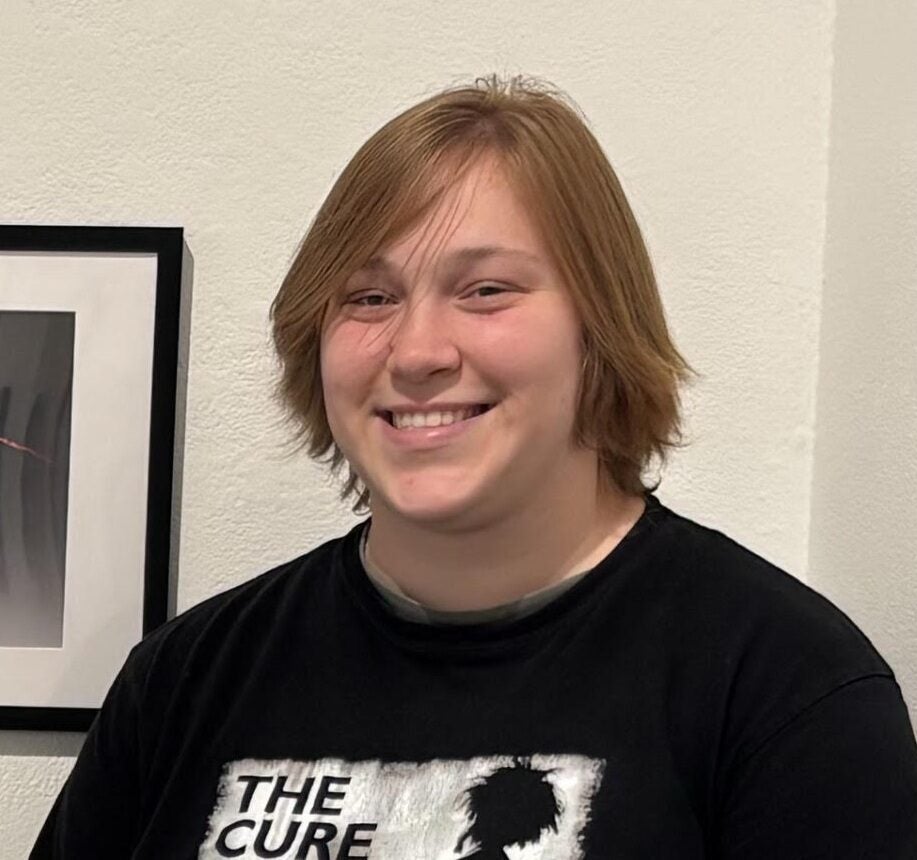Neanderthal DNA sheds new light on the structure of the modern human face
Three Neanderthal DNA changes boosted an enhancer that shapes the jaw, revealing new insights into facial development and evolution.

 Edited By: Joseph Shavit
Edited By: Joseph Shavit

A new study shows how three Neanderthal DNA variants strengthened a key enhancer for jaw development, offering fresh insight into facial evolution. (CREDIT: AI-generated image / The Brighter Side of News)
Every face carries a story, shaped long before birth by a quiet choreography of genes switching on and off at just the right moment.
A new study suggests that part of that story reaches far back into the past, where a few tiny DNA differences in Neanderthals may have helped carve their powerful jaws. Those same differences now offer a window into how subtle changes in our own genetic wiring influence the shape of the human face.
A Clue in a Regulatory Hotspot
Most people understand genes as instructions that tell the body to grow. Certainly, the role of genes to code for a protein is universal, but much of the genome doesn't code for a protein at all. Instead, it informs genes of the timing to act. A team of researchers led by investigators at the University of Edinburgh examined one of these regulatory regions that is far removed from any actual gene, but known to influence SOX9, a major driver of cartilage, including that of the face.
Large deletions or rearrangements in this region have been associated with Pierre Robin sequence, which is a condition characterized by a small lower jaw and frequent cleft palate. That information suggested that small changes to the exact same regulatory sequence could shift how the jaw would grow. The region was also useful for determining the differences between humans and Neanderthals, who were different in that they had a wider, more robust lower jaw than modern humans.
After comparing high-quality genomes of Neanderthals with modern humans, the researchers identified just three single-letter changes within this enhancer. The total sequence amounts to about 3,000 letters, so the variations are extremely small, but the three are present in a very small hotspot with strong action on SOX9 function.
Ancient Variants With Added Power
To see whether those three Neanderthal variants actually changed enhancer activity, the team turned to zebrafish. While they do not resemble mammals at all, zebrafish embryos are transparent and follow a very conserved program of craniofacial development. This makes them ideal for studying enhancers in real time.
The scientists created both modern human and Neanderthal enhancer sequences, both of which they inserted into the zebrafish DNA. They then utilized a dual reporter method, where activities of both enhancer types can be shown with green or red fluorescence, to mark enhancer activity. This allowed them to track each variant in the same developing embryo.
In the early stages of facial development, both enhancers engaged in the same areas, mostly in the area of the frontonasal process and the first pharyngeal arch, where the lower jaw begins to form; the difference was intensity. Two days after fertilization, the Neanderthal enhancer activity demonstrated a significantly stronger signal than that of the human variant. The cells glowed more brightly and repeatedly in each embryo. The control group of expression showed no active discernible color, confirming that the sequence was indeed responsible for altering the signaling.
Single-cell RNA sequencing of enhancer-marked cells identified a population of cells that were of neural crest origin that went on to contribute to jaw skeleton formation. These cells also exhibited sox9a, the zebrafish equivalent of SOX9. Approximately 96 percent of enhancer-positive cells showed SOX9a, suggesting a robust connectivity to cartilage precursors.
How Stronger Enhancer Activity Shapes Early Jaw Cells
If the Neanderthal enhancer promotes a higher SOX9 peak during a short window of development, a relatively small boost in SOX9 levels could ultimately result in a demonstrable difference in how jaw cartilage forms. The team tested that concept by using the enhancer to drive additional SOX9 in zebrafish embryos.
The result was small but evident. Zebrafish embryos with higher SOX9 displayed larger precartilaginous condensations in the future jaw region of almost 20 times 10^4 of cubic micrometers, with statistical tests suggesting that this is a biological difference. In early embryonic development, even small differences in cell number or growth could have downstream impacts on differences in the size of the cartilage or bone.
Computational analysis suggested several potential reasons for the stronger enhancer activity associated with the Neanderthal sequence. Two of the changes appear to create new or improved binding sites for transcription factors, including TEAD proteins, JUN, XBP1, CREB3L2, and even SOX9. One of the changes also introduced a new CpG site, which could contribute to local DNA methylation. Previous studies have shown that this region was less methylated in Neanderthals compared to humans, which is consistent with the increased enhancer activity.
What It Means for Human and Neanderthal Faces
The new findings illuminate how three small changes in non-coding DNA sequence can enhance enhancer activity during a short but critical window in development. Over generations, the cumulative and repeated increases in SOX9 could result in changes to the size and/or shape of the early jaw cartilage, nudging Neanderthal facial morphology in a way that could shift the phenotype from ancestral and closer to that which we observe in the fossil record.
This does not imply that these three variations account for all Neanderthal facial morphology. There are many regions of the genome associated with face shape, and many enhancers act together to pattern craniofacial development. This study also utilizes the zebrafish model, and although fish share core developmental mechanisms with mammals, they are not perfect models for humans. Even with these caveats, the study illustrates how even the smallest regulatory edits have the ability to produce meaningful biological changes.
Hannah Long, the senior author, sees additional opportunities stemming from the work. “We were so excited to first observe activity within this region in the developing zebrafish face in a specific cell population in relation to the developing jaw, and even more excited to observe that the Neanderthal specific differences could alter its activity.” Long notes that she hopes to expand upon the approach in order to better explain sequence changes in individuals with craniofacial conditions to assist with clinical diagnosis.
By examining an extinct lineage of our own family tree, the authors have demonstrated how our own faces may be patterned by the smallest genetic decisions made long before the head of our family had fully developed into a modern human.
Research findings are available online in the journal Development.
Related Stories
- Humans and Neanderthals interbred 100,000 years earlier than previously thought
- Breakthrough discovery links Neanderthal DNA and autism
- Humans and Neanderthals are far more connected than once thought
Like these kind of feel good stories? Get The Brighter Side of News' newsletter.
Mac Oliveau
Science & Technology Writer
Mac Oliveau is a Los Angeles–based science and technology journalist for The Brighter Side of News, an online publication focused on uplifting, transformative stories from around the globe. Passionate about spotlighting groundbreaking discoveries and innovations, Mac covers a broad spectrum of topics—from medical breakthroughs and artificial intelligence to green tech and archeology. With a talent for making complex science clear and compelling, they connect readers to the advancements shaping a brighter, more hopeful future.



